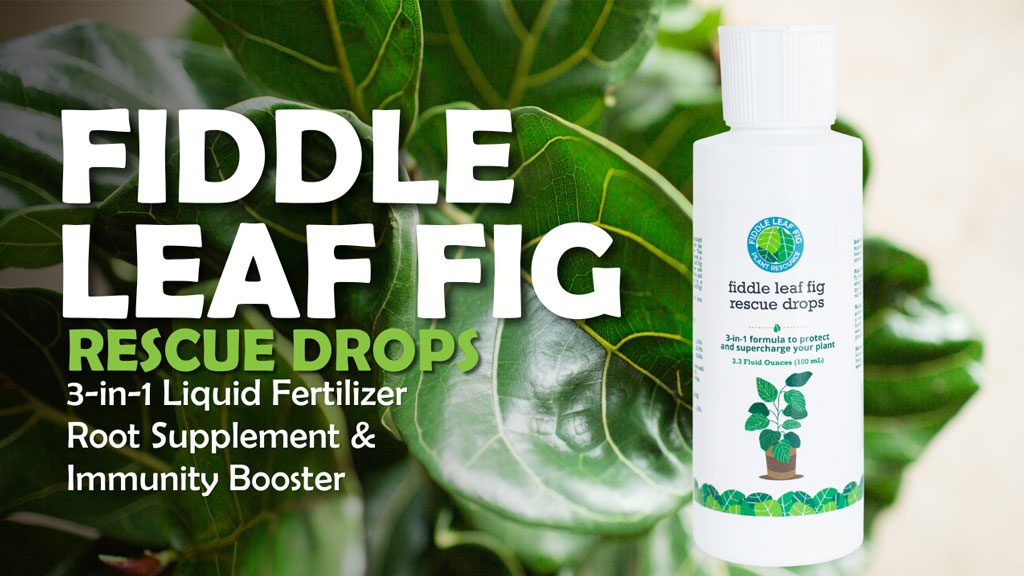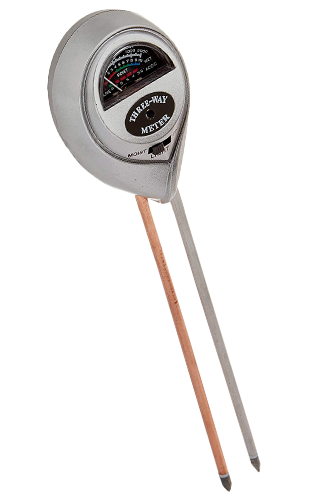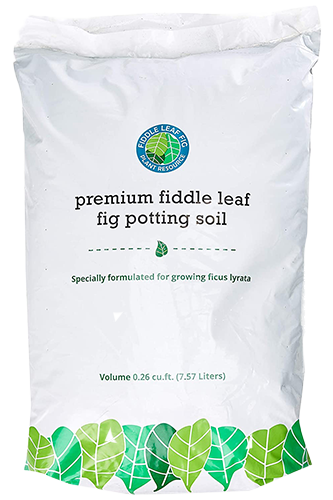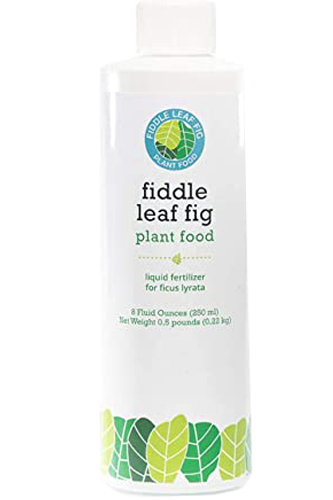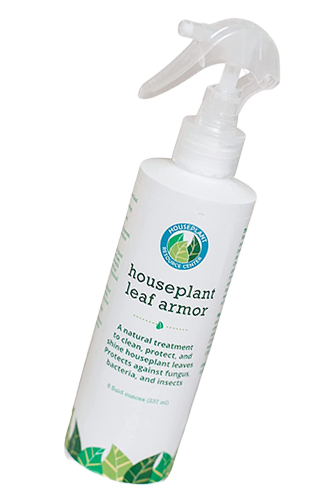Ficus Alii is a beautiful perennial ornamental fig and can be a terrific addition to your houseplant collection. This plant is known for its deep green and bushy foliage. The long, narrow, and willowy leaves give it a classy look. The glossy gaze on the greenery makes it more eye-catching. With its growth, the Ficus Alii may divulge a very thick trunk with pronounced beautiful variegation, giving it a palm-like appearance.
This striking plant is called Banana Leaf Fig due to its lean verdures. Other names of the plant are Ficus Maclellandii and Ficus Binnendiijkii. The plant makes a bold statement in any bright room. The Ficus Alii is originally from Malaysia and India.
| Common Name | Banana Leaf Fig |
| Botanical Name | Ficus Alii, Ficus Maclellandii |
| Family | Moraceae |
| Origin | Asia, Malaysia, and India |
| Soil | Well-Drained and aerated |
| Humidity | 60%-80% |
| Temperature | 60F-80F |
| Sunlight | Bright indirect light |
| Pests | Mealybugs, Scales |
| Diseases | Root rot |
How do you care for Ficus Alii?
This plant has gained popularity because it adapts well to the indoor environment. This Ficus variety is very forgiving and tolerant, unlike its cousins. Although it can tolerate low light and adjust to any environment, it also needs care and attention like all other houseplants.
Ficus Alii appreciates moist soil, but it doesn’t like overwatering. This plant needs bright but indirect light to flourish; therefore, always put it in a location where it can receive plenty of light. Though it can adjust to low temperatures, the ideal healthy growth temperature ranges from 60°F-80°F.
Ficus Alii is easy to care for and a perfect beginner phenomenal houseplant. Keep reading this care guide for the Banana Leaf plant, especially if you are a newbie.
Watering Requirements
While Ficus Alii is a low-maintenance plant and isn’t fussy about watering, it doesn’t like sitting in water. So be careful about the watering frequency of the plant; allow the water to get soaked in the soil and dry out, then water again. After watering, make sure to drain excess water. This Ficus plant likes a reduced watering frequency in winter compared to the warm season.
Overwatering may cause the leaves to turn yellow, which makes them unattractive. Whereas brown leaf tips are a sign of underwatering; therefore, it’s better to water it in intervals. First, wait until the soil is completely dry, then water it again. Soil moisture can be accurately measured using a moisture meter, helping to establish a perfect watering scheme for your plant.
Light Requirements for Banana Leaf Fig
This Ficus plant prefers bright and indirect sunlight. Although it can do well in medium to low light, but the growth slows down, which you won’t like as a plant parent. Though the plant loves bright light, keep it away from direct sun, or it will burn its foliage. The best location for this fig is the east-facing window, where it can receive appropriate light for its growth. As the plant grows in the direction of the light, the weekly rotation will maintain its shape.
Humidity and Temperature
This hardy plant can thrive well in normal household conditions. However, it prefers above-average humidity levels between 60% to 80%. If an environment is too dry, try increasing the humidity by misting the plant regularly, or installing a humidifier will also work. If the plant isn’t provided with the required humidity, it can result in slow growth, brown leaf tips, and leaf loss.
Coming to the temperature, the plant is relatively tolerant to temperature fluctuations. The ideal temperature range for its growth is 60⁰ F to 80⁰ F, but the temperature shouldn’t drop below 45F. Never place the plant near a heater or AC; sudden and frequent variations in temperature can also affect the plant’s growth.
Maintenance
Periodic pruning and maintenance are required for the Ficus Alii plant as it can grow tall. Additionally, prune dead, damaged, and discolored leaves regularly to maintain the plant’s appearance and shape. The ideal time for trimming is the early spring season. Always use sharp and sterilized shears and scissors for the plant’s clipping.
Regular cleaning of leaves using a shine and cleaner spray prevents pest attacks and maintains the foliage radiant.
Soil requirements for Ficus Alii
The Ficus Alii isn’t too picky about the potting mix; however, ensuring a well-draining, nutrient-rich, aerated soil will do wonders. The soil shall not get waterlogged, and the container shall have adequate drainage holes. This plant is happy in the potting soil that maintains a PH between 6.0 to 6.5.
Our optimally formulated soil mix is ideal for Ficus plants and will provide all the necessary soil features to boost your Ficus Alii health.
Fertilizer requirements
The Banana Fig needs regular feeding for its healthy growth; therefore, it is recommended to fertilize the plant once a month. Use our balanced all-purpose liquid fertilizer in the growing season, summer and spring. This plant doesn’t like being fertilized in the colder winter and fall months. Ficus Alii is sensitive to boron; consequently, avoid a fertilizer with chemical boron.
Repotting Amstel King plant
The Ficus Alii likes to be root bound and needs repotting every after 2 to 3 years. When the roots start to bulge out from the pot, it’s the ideal time to repot your Ficus Alii and the perfect season is spring.
- Before repotting, take a next-sized container having drainage holes in it.
- Hydrate the plant 24 hours before transplant to reduce relocation shock.
- Take the plant out of the pot and inspect the soil and roots for diseases and pests.
- In case of pests and root rot, remove the affected areas before moving the plant to a new container.
After transplanting the plant into a new planter, water it thoroughly and place it in a bright, ventilated space.
Ficus Alii Propagation
The propagation of Ficus Alii is possible at home, but it can be a bit difficult for beginners. However, the plant can be propagated through stem cuttings and air layering. Both methods are equally successful.
Propagation through cutting:
- Select a healthy plant branch with a couple of leaves.
- Cut that branch using a sharp knife or scissors. The branch should be 4 to 6 inches long.
- Dip the cutting end in a rooting hormone and plant it in a container with fresh soil.
- Keep it in a bright location with indirect sunlight and water it thoroughly. The new roots will emerge in a few weeks, and the plant’s growth will start.
Alternatively, the branch can be kept in water for root development. Keep the water jar in a humid place, such as the kitchen, and wait for the roots to come out. In 2 to 4 weeks, the cutting will grow roots and plant the cutting in a pot with preferred potting soil. Water the plant regularly and put it in a bright space for fast growth.
Is Ficus Alii Toxic?
This plant is categorized as toxic for humans and pets. Eating it can cause vomiting, nausea, and loss of appetite. In case of consumption, immediately acquire medical assistance. If you suspect your pet has consumed the plant, immediately consult a vet. The sap of the plant is also toxic and may irritate the skin; therefore, always wear gloves when handling this Ficus.
Pests
Like all other houseplants, Ficus Alii can also be attacked by pests. Common pests that can damage this plant are mealy bugs, scales, and white flies. Common signs of pests outbreak are leaves turning brown to black. Upon identification, isolate your plant and apply insecticides and neem oil to the affected areas. In addition, you can prevent pests by cleaning the leaves regularly.
Diseases
Regarding diseases, the most common enemy of Ficus Alii is root rot. It is caused by overwatering, so it’s important not to overwater and let your plant sit in water. Using well-draining soil, our root supplement, and an optimum watering schedule can prevent the disease.
Common symptoms of root rot are the yellowing of leaves and mushy roots. When you notice yellow leaves on the plant, remove them from the container and inspect the roots. In case of root rot, remove the affected areas and plant Ficus Alii in a new pot with fresh soil.
Common Problems with the Ficus Alii
The most common problems of Banana Leaf Figs are;
Yellow leaves: Yellow leaves are a sign of overwatering. The issue can be prevented by watering the plant only when it needs, and the topsoil has become dry.
Leaf drop: This problem is caused by underwatering, which can be tackled by adjusting the watering frequency. An appropriate watering schedule is critical for the plant to thrive.
Brown leaves: The leaves of Ficus Alii turn brown due to overexposure to sunlight. Always place the plant in indirect or filtered bright light to maintain stunning foliage color.
Ficus Alii FAQ
Is Ficus Alii an indoor plant?
The Ficus Alii has impressive characteristics that make it an incredible houseplant. It’s a low-maintenance plant that can do well in normal conditions. It can quickly adapt the indoor conditions and sustain good growth.
How tall will a Ficus Alii grow?
The Ficus Alii leaves are thick, narrow, and slightly curved and hang downwards, and they can grow up to 3 inches to 10 inches long, while the plant grows up to 10 feet in height.
Why are the leaves falling off my ficus?
The most common cause of dropping leave in Ficus plants is environmental change. You will often notice that your plant drops leaves when the season changes as the humidity and temperature change resulting in leaf drops.
Ficus Alii Conclusion
Ficus Alii is famous for its adaptive abilities. It has different qualities and appearance than other Ficus plants, making it the perfect indoor choice. This plant has long, slender thick olive-green leaves making it an eye-catching plant. It gives a classy look that can enhance any place, whether your home or office.
Here are some of our most popular resources on fiddle leaf fig care to help you grow the happiest, healthiest, and most beautiful fiddle possible!
The Fiddle Leaf Fig Expert eBook


